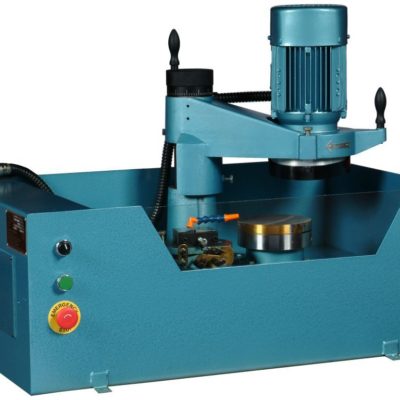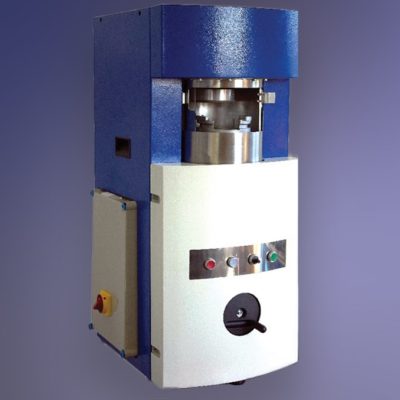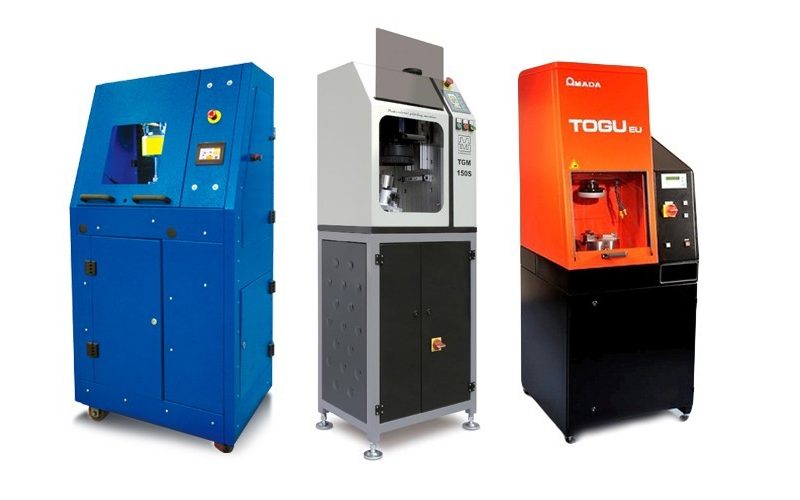When it comes to the quality of components obtained in the punching process the condition of the cutting edge (punches and dies) is by far the most influential factor.
That is why the determining aspect while arranging the metal fabrication production is to establish technological regulations on tool grinding. These regulations rely on several factors: tooling and material brand, range of the metal punching, type of the tool grinder, brand of the coolant.
Our experts at New Technical Solutions have accumulated broad experience in creating such technological regulations which can help our clients optimize this process and as a result decrease the overall cost during the purchase of an expensive punching tool while maintaining the high quality punching.
Selecting the correct grinding tool plays a significant role in this process. The following factors should be taken into consideration:
- Size of the tool being grinded
- Brand of the material
- Tool structure
- Available financial resources for the tool purchase
- Coefficient of working hours spent by operator on basic operations etc.
The classification presented below will enable you, with the assistance of our experts at New Technical Solutions, select a grinding tool that will fulfill all the specific economic and technical requirements of your production.
The grinding tools are classified as follows:
– by the automation level of the fabricating process:
- Manual
- Semi-automatic
- Automatic
– by the technological system of manufacturing:
- Reciprocating system of grinding
- Circular feed of grinded tool
– by the availability of the Computer Numerical Control system (CNC) cut-in speed of the grinding wheel:
- Without CNC
- CNC present
The entire series of the grinding tools is equipped with a built-in coolant system which helps eliminate annealing of the tempered tool and increases the level of surface roughness of the grinded tool.







